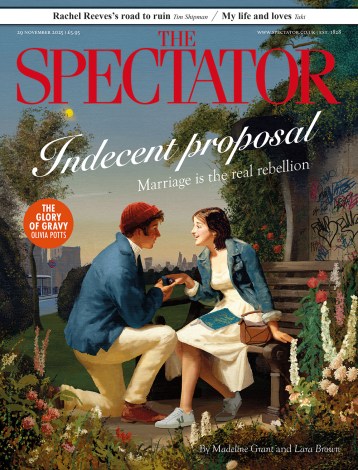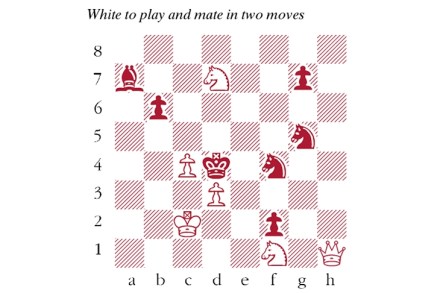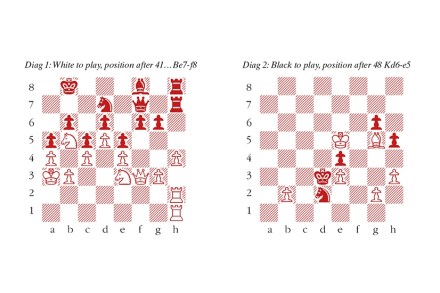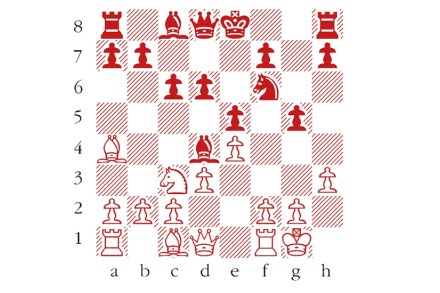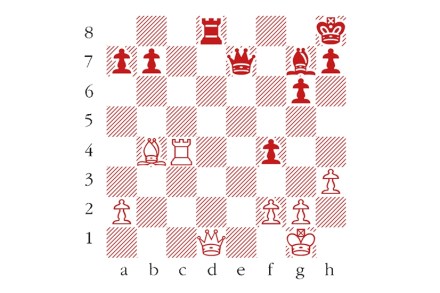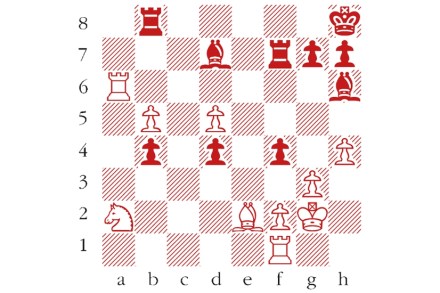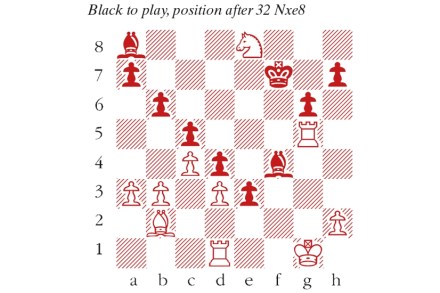The king of no castling
In the body of chess rules, castling is a clumsy protuberance. Once per game, you get to move king and rook at the same time, with a bewildering list of exceptions. (One dreads having to broach these gotchas with a novice opponent who has castled improperly.) Despite its convoluted logic, castling is nothing more than

